Hardwire a Microwave..?
sonyawheatley
14 years ago
Featured Answer
Comments (17)
sparky17
14 years agosonyawheatley
14 years agoRelated Professionals
Casas Adobes General Contractors · Clarksville General Contractors · Great Falls General Contractors · La Marque General Contractors · Lighthouse Point General Contractors · North Tustin General Contractors · Sterling General Contractors · Woodmere General Contractors · Emeryville Solar Energy Systems · North Tustin Solar Energy Systems · Allen Home Automation & Home Media · Clearwater Home Automation & Home Media · Massapequa Home Automation & Home Media · Miami Springs Home Automation & Home Media · Springville Home Automation & Home Mediahendricus
14 years agosparky17
14 years agosonyawheatley
14 years agosparky17
14 years agohexus
14 years agolive_wire_oak
14 years agopetey_racer
14 years agobrickeyee
14 years agogroundrod
14 years agocountryboymo
14 years agosonyawheatley
14 years agosparky17
14 years agoweedmeister
14 years agohrajotte
14 years ago
Related Stories

KITCHEN DESIGNHouzz Call: Tell Us About Your First Kitchen
Great or godforsaken? Ragtag or refined? We want to hear about your younger self’s cooking space
Full Story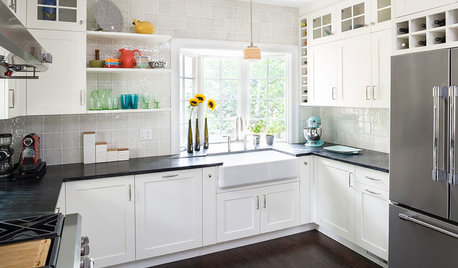
KITCHEN DESIGNDetails That Count: 17 Designer Tips for a Great Kitchen
Get ideas for camouflaging your outlets, adding task lighting and avoiding common kitchen annoyances
Full Story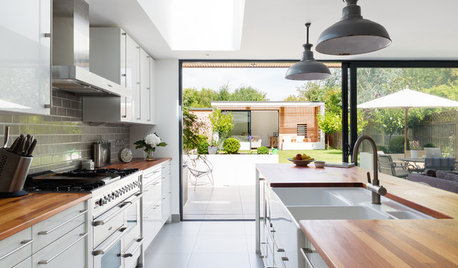
KITCHEN DESIGNA Designer Shares Her Kitchen-Remodel Wish List
As part of a whole-house renovation, she’s making her dream list of kitchen amenities. What are your must-have features?
Full Story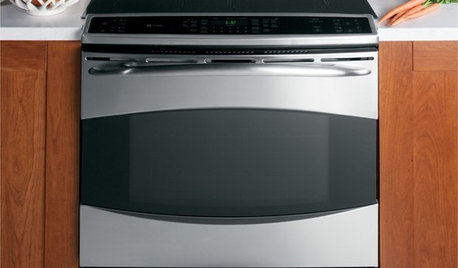
KITCHEN DESIGNHow to Choose Kitchen Appliances for Universal Design
Accessibility and safety features for kitchen appliances let everyone in on the cooking fun
Full Story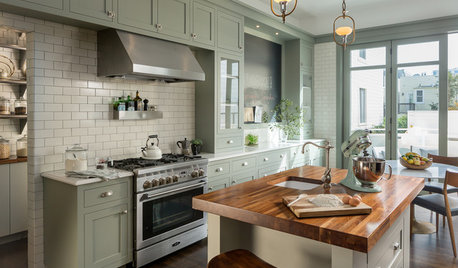
KITCHEN DESIGN7 Tricky Questions to Ask When Planning Your New Kitchen
Addressing these details will ensure a smoother project with personalized style
Full Story
TINY HOUSESHouzz Tour: A Custom-Made Tiny House for Skiing and Hiking
Ethan Waldman quit his job, left his large house and spent $42,000 to build a 200-square-foot home that costs him $100 a month to live in
Full Story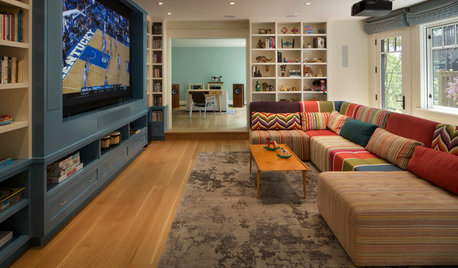
HOME TECHWi-Fi: What It Is and How to Make It Work Better in Your House
As more devices rely on this technology in the home, it’s good to be prepared
Full Story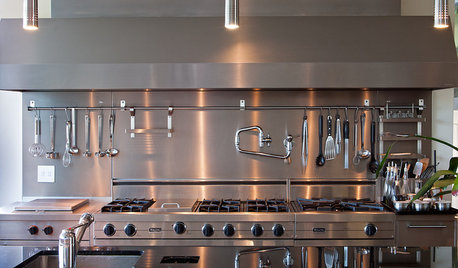
KITCHEN DESIGN10 Elements of Today's State-of-the-Art Kitchens
New technology, smart kitchen layouts and the hottest new appliances will make you feel like a Top Chef
Full Story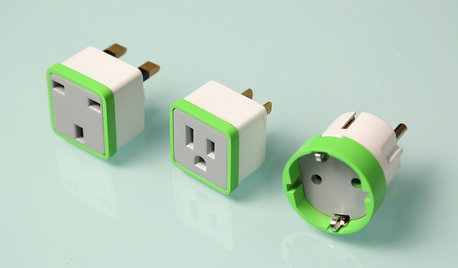
HOME TECHPlug Into Home Power Monitors That Pay for Themselves
Stop throwing away money on wasted electricity with help from new monitors that work with your phone or computer
Full Story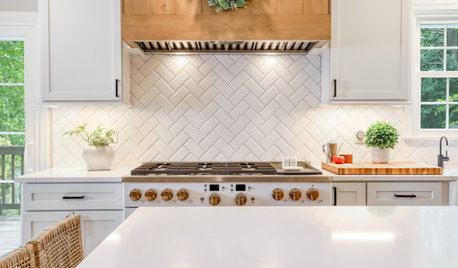
KITCHEN DESIGNThe 5 Layers of a Well-Lit Kitchen
Develop a layered lighting plan to create a functional, adaptable and illuminated kitchen
Full StoryMore Discussions











groundrod